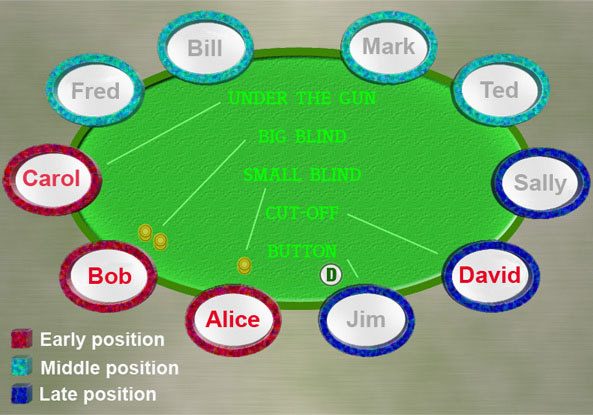Poker Fundamentals
- Introduction to Poker
- Understanding Texas Hold'em
- Fundamentals of Poker Strategy
Introduction to Advanced Poker Strategy
Playing Styles in Poker: Tight, Loose, Passive, Aggressive

Procedures of betting in poker.
In the world of poker, understanding different playing styles is crucial to developing a winning strategy. Each player's style can be categorized into one of four types: Tight, Loose, Passive, and Aggressive. This article will delve into the characteristics, advantages, and disadvantages of each style, and provide insights on how to identify your own playing style and when it might be beneficial to switch styles.
Tight vs. Loose
The terms "tight" and "loose" refer to the frequency with which a player decides to play their hand.
Tight players are selective about the hands they play. They tend to fold often and only enter the pot with strong hands. This conservative approach minimizes risk but can also limit potential winnings.
Loose players, on the other hand, are more willing to play a wider range of hands, including weaker ones. This approach can lead to larger pots but also increases the risk of losses.
Passive vs. Aggressive
"Passive" and "aggressive" describe how a player tends to bet.
Passive players often choose to check or call rather than bet or raise. This style can be less risky, but it also gives more control to other players and can result in missed opportunities to increase the pot.
Aggressive players frequently bet and raise to put pressure on their opponents. This style can intimidate other players and win pots without the best hand, but it can also lead to significant losses if not managed carefully.
Identifying and Adapting Your Playing Style
Understanding your own playing style is the first step towards improving your poker game. Are you conservative and patient, waiting for strong hands and sure bets? Or do you thrive on risk and excitement, willing to bet on less certain outcomes for the chance of a big win?
While each style has its strengths and weaknesses, the most successful poker players are those who can adapt their style to the situation. This might mean playing more aggressively to exploit a table full of tight, passive players, or tightening up your game when faced with aggressive opponents.
Understanding Range
The concept of "range" is also important when considering playing styles. A player's range is the set of hands they might have at any given time, based on their actions and the known cards. Tight players typically have a narrower range, while loose players have a wider range. Understanding your opponents' likely ranges can help you make better decisions about when to bet, call, or fold.
In conclusion, understanding and adapting your playing style is a key component of advanced poker strategy. By recognizing the characteristics of tight, loose, passive, and aggressive play, you can better navigate the poker table and increase your chances of success.